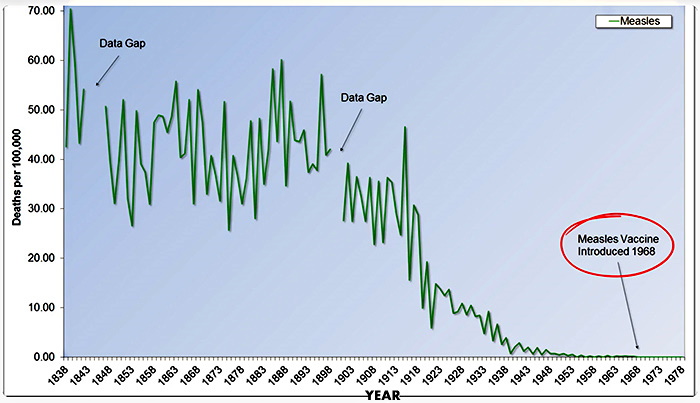The Measles Myth: Reviewing the Evidence
The Measles Myth: Reviewing the Evidence
by 21st Century News
November 12, 2021

According the leading public health bodies like the World Health Organisation, the Measles virus is an ongoing deadly epidemic which kills more than 140 000 people globally per year, mostly among children under the age of five. It is also claimed that Measles were eliminated from the United States in 2000, but continue to be ‘reintroduced’ by international travelers into the country. In 2019 there were claimed to be a minuscule 1,241 cases spread across the United States.
Yet, despite all of these official claims, there seems to be very little scientific evidence that clearly shows Measles being an infectious agent in a host. Rather, it is just widely assumed to be the case.
Here’s what modern virology and public health mavens cannot seem to answer: what causes Measles?
We are told that it is a virus, but is there any evidence for this?
In this video, Dr Sam Bailey examines the evidence presented by Measles experts and the media, as well as the court case where Dr. Stefan Lanka offered €100k euros for proof of a Measles virus. Watch:
References:
2. Dr Stefan Lanka interview with Joan Shenton
4. Ravensburg District Court ruling – Dr Lanka 2015
5. Dr Bardens papers:
(1) Propagation in tissue cultures of cytopathogenic agents from patients with measles, 1954
(2) Studies on measles virus in monkey kidney tissue cultures, 1958
(3) Electron microscopy of measles virus replication, 1969
(4) The molecular length of measles virus RNA and the structural organization of measles nucleocapsids, 1984
(5) Structure, Transcription, and Replication of Measles Virus, 1995
(6) Analysis of Morphology and Infectivity of Measles Virus Particles, 2007
6. A randomized, controlled trial of vitamin A in children with severe measles
7. Severe Measles, Vitamin A Deficiency, and the Roma Community in Europe
8. Dissolving Illusions (Measles charts)
9. The Perth Group – The HIV-AIDS debate
Connect with 21st Century Wire
cover image credit: Fæ / Wikimedia Commons